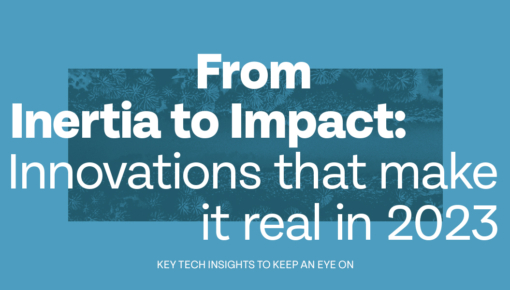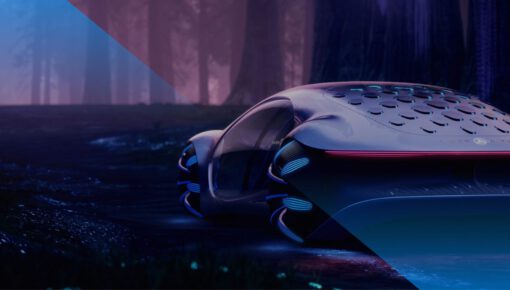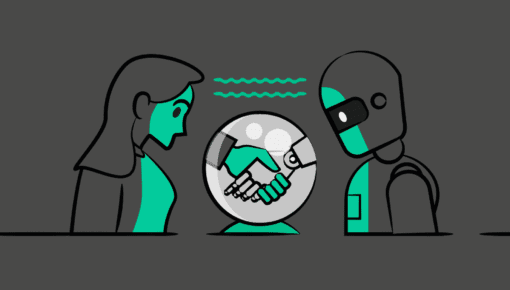Concept Cars – an Interview
Introduction
Wojciech Stadnicki, Senior Industrial Designer at Qindle, talks about the role of Concept Cars in our company’s innovation and development process. “Concept Cars” are visionary, disruptive, and tangible prototypes that synthesize and embody the essence of the strategic work that we do with our clients. Stadnicki explains the purpose of this tool and how it can make strategy tangible for organizations. We sit together to explore the design process behind such visions, how they differ from classic industrial design projects, and how they fit within Qindle’s DNA.
1. What is your role as a Senior Industrial Designer?
In the three years I’ve worked at Qindle, my role involves leading industrial and concept design projects by connecting strategy, brand, and engineering. At the sweet spot of those three disciplines lies real innovation and the true value that we bring to our clients.
2. What is a Concept Car?
“Concept Cars are visionary, disruptive, and tangible prototypes that synthesize and embody the essence of the strategic work that we do with our clients.”
Qindle harnesses the power of creativity on a strategic level to help our clients navigate towards their desired future. We achieve this through the creation of visionary, tangible prototypes that are an integral part of the strategic work we do. We refer to them as concept cars. At the heart of product design lies the ability to capture a brand’s vision. Automotive giants are no exception, and often create futuristic concept cars or a vision cars to showcase their innovation. The Citroën DS X e-tense, for instance, boasts a radical design and cutting-edge features. Although unlike anything seen on the road, the DS X e-tense served as a blueprint for upcoming models. Not all concepts are for the showroom. For instance, the Renault Ez-Go reimagines the future of shared autonomous mobility and explores new business models. In a similar vein, our designs are the synthesis and embodiment of the brand’s future vision, transcending high-quality prototypes.
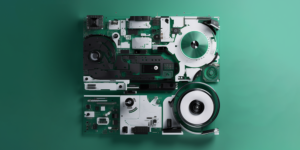
3. It sounds like Concept Cars are about technology, disruptive design, and strategic vision. How do you balance these elements as a designer?
Innovation thrives at the intersection of design, technology, and strategy. But often, strategy can remain complex, leaving parties not involved unclear in its development . That’s where Concept Cars come in – to make a strategic vision tangible. The challenge lies in creating a physical object that embodies a brand’s future identity while remaining recognizable and relatable. Design language that we introduce with our Concept Cars must strike a delicate balance between reflecting the brand’s identity and pushing boundaries to inspire. It is crucial for the technologies used in development process to feel futuristic while also being comprehensible for the end user.
“Design language that we introduce with our Concept Cars must strike a delicate balance between reflecting the brands identity and pushing boundaries to inspire”
Collaborating with Intel, we envisioned the future of desktop computing form factors, reimagining how the future desktops will look like and how the users will interact with them. This project is an excellent example of balancing strategic vision, original design, and new technologies. Our concept cars are teasers that showcase where the brand is heading.
4. How does it differ from classic industrial design projects and typical concept designs?
While Concept Car designs differ from industrial or concept projects, the design process is similar. We build on a well-defined design language, incorporating the necessary functionalities and specifications required for a market-ready product . Our research and evaluations are similar to those of mass-market products, but with the advantage of being able to transcend budgetary restrictions and explore beyond mainstream technologies. As stated before, our goal is to create a representation of a brand’s future vision by designing products that are both practical and imaginative. This approach also differentiates Concept Car designs from typical concept designs, where the form and technology can be totally imaginary.
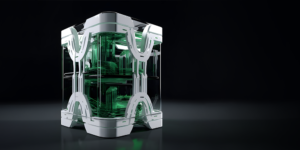
5. With this approach, you seem to bring strategy and design even closer together. How do Concept Cars fit within a brand’s DNA?
To create an effective Concept Cars, we start by gaining a complete understanding of the organization, where the design process becomes an inseparable, fluent part of the strategy deeply embedded within the brand’s DNA. We believe the brand plays a crucial role in long term strategy. The leadership of the company considers Concept Cars a logical output of our work, but they spark interest and tension most among those not involved in the development. Such prototypes are disruptors, striking up conversations around the upcoming future and setting goals for execution. Concept Cars can also help smaller organizations evaluate their brand and product vision, and test their ideas with potential customers effectively
6. What is the process of creating a Concept Cars?
For Industrial Design-specific Concept Cars, we work closely with our clients to define and explore their challenges. We establish where their brand is, its struggles, and what they want to achieve. Based on that, we explore possible solutions and define a strategic path. Our designers then synthesize the strategy to define a new design language that expresses the brand’s vision. With a defined brief, we begin the design process, keeping the strategic path as a guideline. We stick closely to the brand identity but gather inspiration from outside the industry. We create a tangible working prototype by pre-engineering and implementing technological solutions.
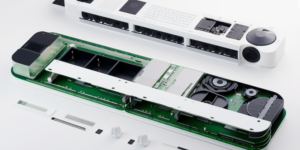
7. When did the Concept Car work well?
Together with Philips, we developed a visionary concept car for a “global sustainable packaging system”. The result was not only a set of packaging prototypes, but also a comprehensive design guideline for future packaging. Our prototypes allowed potential users to fully experience the entire unpacking process, including feeling the texture, the sound of the packaging in unpacking and use. This holistic journey enabled users to deeply experience the brands future sustainable vision. Within the organization, the project helped define the goals not only from a sustainability perspective, but also set up the desired user experience and brand perception goals.
“Our prototypes allowed potential users to fully experience the entire unpacking process, including feeling the texture, the sound of the packaging in unpacking and use.”
8. What are some challenges you’ve had with creating Concept Cars?
When I joined Qindle as an experienced Industrial Designer, the process felt familiar, and it was a dream come true to design disruptive products with limited restrictions. However, I soon realized that most of my work would not directly reach customers, and I wouldn’t be able to point out my designs on a store shelf. Despite the initial disappointment, I came to appreciate the true impact of our Concept car design approach. It’s not just about creating functional products to release into the market; it’s about influencing entire organizations and catalysing change in their approach to designing and executing future products. The real reward, for me, is witnessing this impact unfold.

